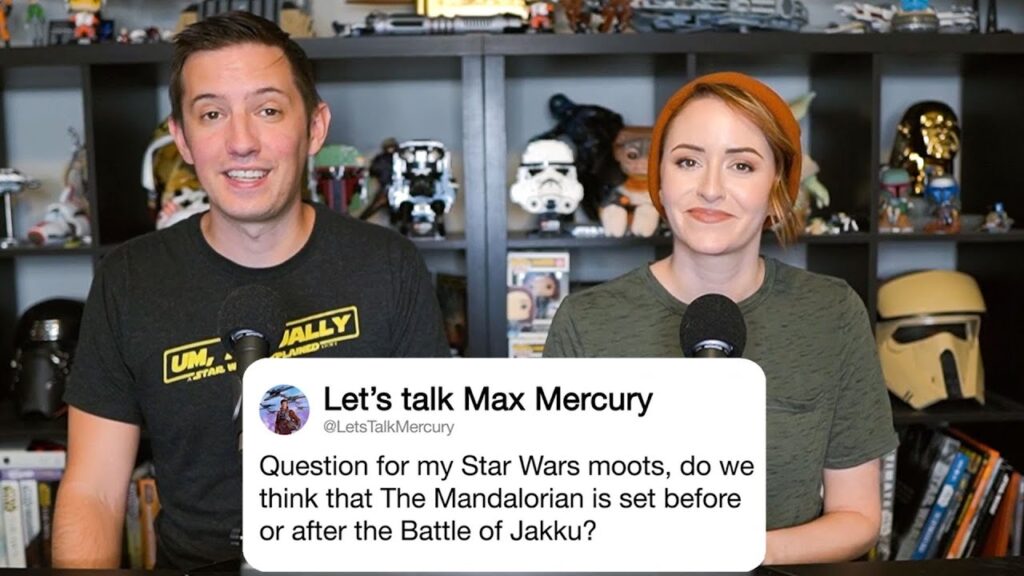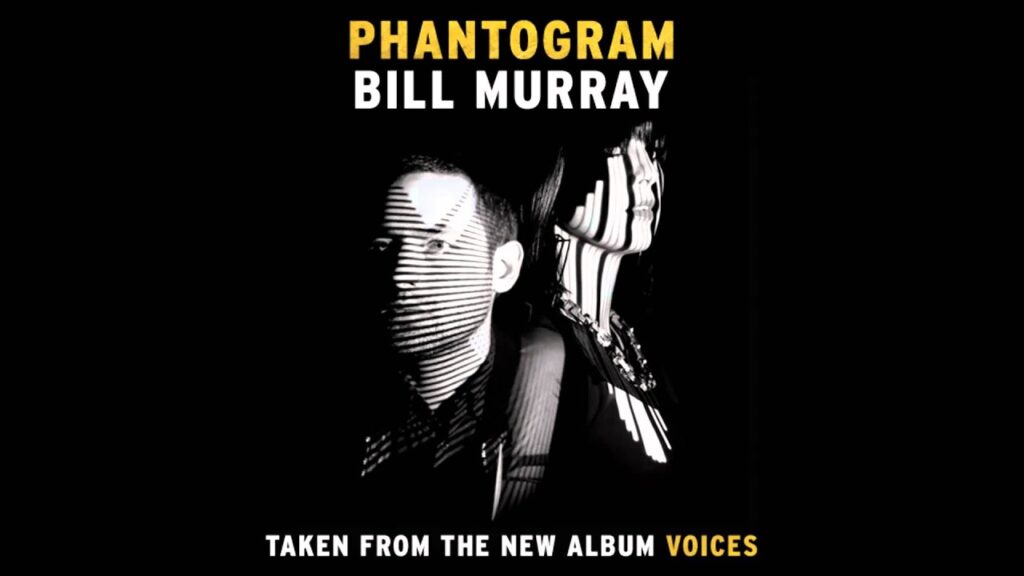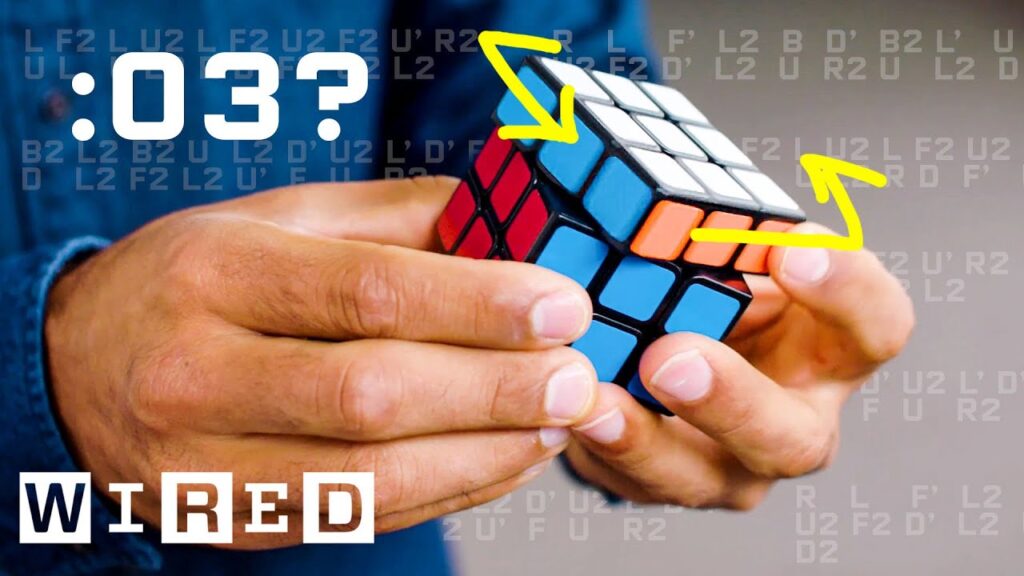The Creation of a Serial Killer: Understanding Offender Behavior
Summary
In this article, we explore the insights of a retired FBI supervisory special agent and profiler, Jim Clement, on the creation of a serial killer. We learn that the FBI’s behavioral analysis unit studies violent and sexual crimes to train law enforcement, and that criminal profiling involves reverse engineering a crime to understand the offender’s skills, abilities, desires, and profession. We also delve into the two types of offenders, organized and disorganized, and the importance of analyzing pre- and post-defense behavior. Finally, we examine a case study of a double homicide to understand how offender behavior can provide clues to the motive and potential next moves.
Table of Contents
- Genetics, Personality, Psychology, and Experiences
- The FBI’s Behavioral Analysis Unit
- Criminal Profiling
- Organized vs Disorganized Offenders
- Pre- and Post-Defense Behavior
- Case Study: Double Homicide
Genetics, Personality, Psychology, and Experiences
Jim Clement explains that the creation of a serial killer is a combination of genetics, personality, psychology, and experiences. While genetics and personality may predispose someone to violent behavior, it is the combination of psychology and experiences that can trigger the behavior. Understanding these factors can help law enforcement identify potential offenders and prevent future crimes.
The FBI’s Behavioral Analysis Unit
The FBI’s behavioral analysis unit studies violent and sexual crimes to train law enforcement. They gain knowledge by interviewing convicted serial killers, which helps them understand how and why they committed their crimes. By analyzing various types of evidence, they build a profile of the offender to understand their motives and potential next moves.
Criminal Profiling
Criminal profiling is the reverse engineering of a crime, looking at victimology, crime location, offender behavior, and choice of weapons. All of these factors provide information about the offender’s skills, abilities, desires, and profession. By analyzing this information, law enforcement can build a profile of the offender to understand their motives and potential next moves.
Organized vs Disorganized Offenders
According to Jim Clement, there are two types of offenders: organized and disorganized. Organized offenders plan their crimes in advance, bring necessary implements, and take them away after the crime. Disorganized offenders, on the other hand, are impulsive and do not plan their crimes in advance, often leaving behind forensic evidence. Offenders with a high skill level can acquire victims in the privacy and security of their own home, while those with lower skill levels may target high-risk individuals like prostitutes and drug addicts.
Pre- and Post-Defense Behavior
Jim Clement also discusses pre- and post-defense behavior. Organized offenders may surveil potential victims and stalk them, while after a serious criminal offense, offenders may exhibit behavioral changes like leaving the area and making up excuses to get out of town. Understanding these behavioral changes can help law enforcement identify potential offenders and prevent future crimes.
Case Study: Double Homicide
Jim Clement analyzes a crime scene of a double homicide of a male and female victim. The male victim appears to have been killed first to get him out of the way, while the female victim was shot multiple times and appears to be the main target. The victims were involved in drug trafficking, but the fact that drugs and money were left behind suggests that the crime was not drug-related. By analyzing the crime scene and offender behavior, law enforcement can build a profile of the offender to understand their motives and potential next moves.
Conclusion
Understanding offender behavior is key to preventing future crimes. By analyzing various types of evidence and looking at offender behavior, law enforcement can build a profile of the offender to understand their motives and potential next moves. As Jim Clement emphasizes, criminal profiling is an essential tool in the fight against violent and sexual crimes.







